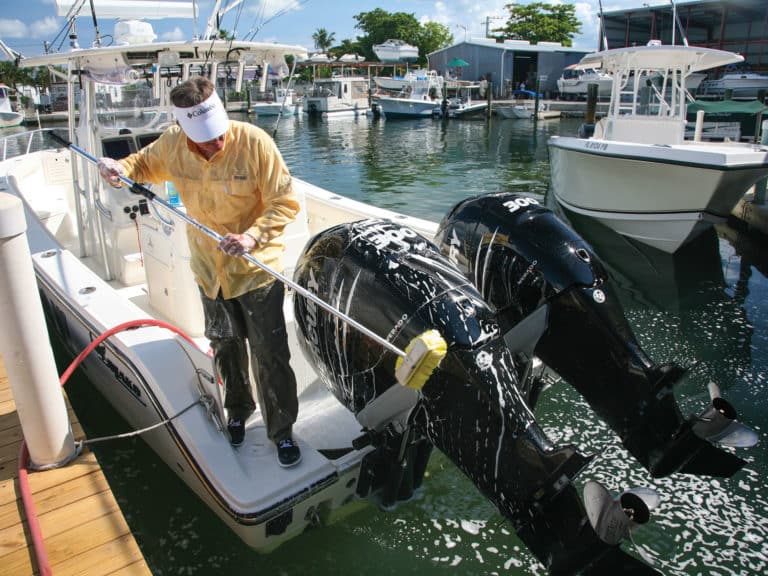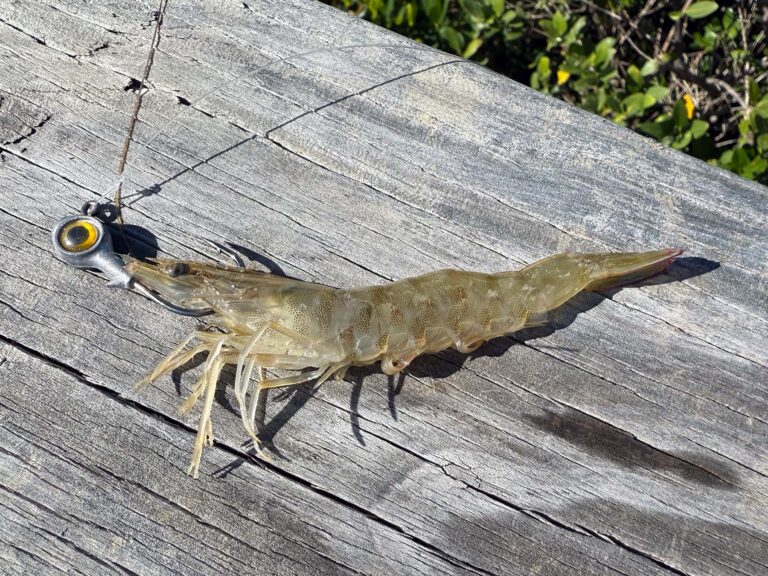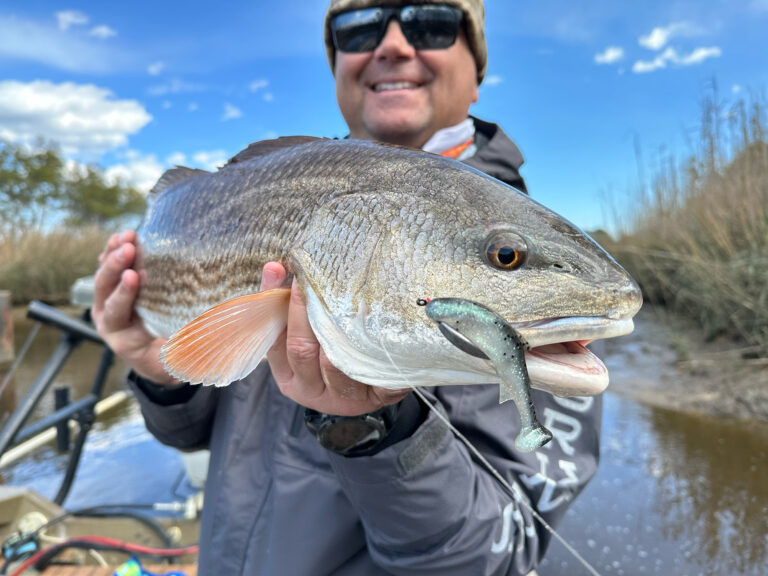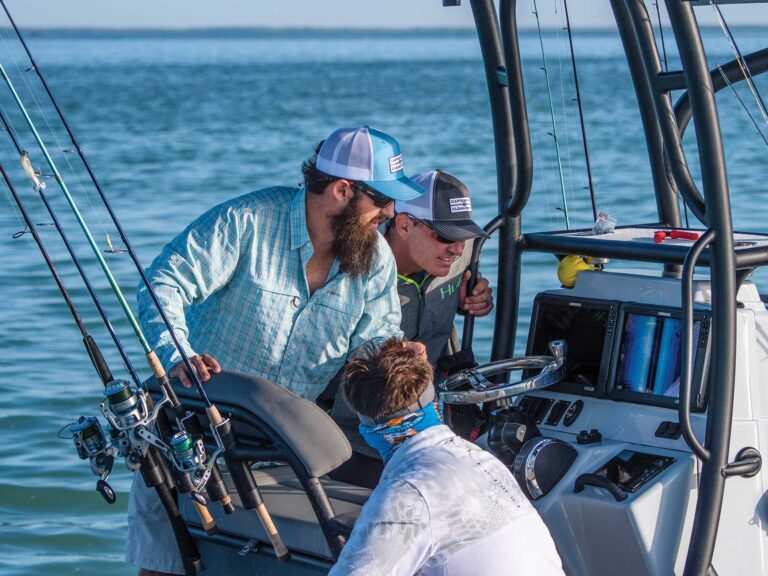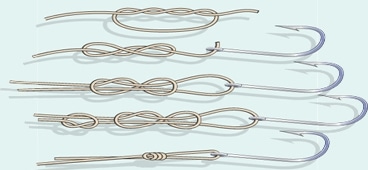
Bitter End Main Image
Anyone who throws a hook and line into the water must establish a link between the two. However, fly-fishers typically have more connections to worry about than do conventional-tackle anglers. Because all our outfits require some type of leader system, we have to familiarize ourselves with a variety of knots for joining lines that differ in composition, diameter and breaking strength.
The term “bitter end” generally means the conclusion of a difficult or an unpleasant situation. For some people that might describe their final efforts in tying a tapered leader. But I’m referring to the very end of our leaders – the shock (or bite) tippet made of heavy monofilament or wire we often have to employ when dealing with large or toothy fish.
** Leader Theory**
Generally, a leader is only as strong as its weakest part, but this assumes that all your knots yield 100 percent of the rated breaking strength. For example, if you want to connect a length of 12-pound test to 20-pound test, the objective is to employ a knot that won’t compromise the strength of the lighter line. With fly-fishing leaders, this portion is designated as the class tippet, and using IGFA standards it ranges from 2- to 20-pound test.
When building a leader, the ony time you don’t need to be concerned with tying a 100-percent knot when you’re attaching your fly to a heavy bite tippet. By their nature, these “shock” tippets are usually made from heavy monofilament – often 60-, 80- or even 100-pound test. So, if your bite tippet is at least twice as strong as your class tippet, you can use a knot that is comparatively weak because it still won’t jeopardize the integrity of the class section.
A simple overhand knot is a perfect example. It slips and cuts into itself, reducing the rated breaking strength of a line by as much as 50 percent. So if the bite tippet is made from 60-pound test, tying an overhand knot could reduce the breaking strength to 30 pounds. However, even if you use the heaviest IGFA-rated class tippet – 20-pound test – you still have a large safety margin because the compromised leader is 10 pounds stronger.
** Clifford’s Knot**
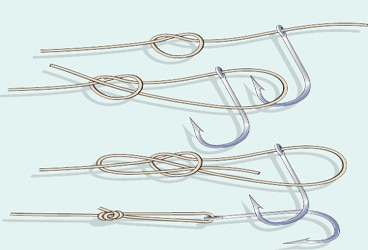
The first knot I want to cover is one that Lefty Kreh and I learned many years ago from Clifford, a guide at Casa Mar in Costa Rica. I use it for attaching flies to heavy bite tippets for a variety of species. One unique feature of this knot (it’s basically a simplified bowline) is that you can untie it repeatedly to change flies. Another advantage is that the tag end points backward toward the hook eye, making it less likely to get caught on debris, which can foul the fly.
Clifford’s knot begins with an overhand knot tied approximately 5 inches from the tag end. Leave a small loop, but do not tighten it. Pass the tag end through the hook eye, and then bring it through the overhand knot. Bring the tag end behind the standing part of the line and through the overhand knot again. Tighten the knot by grasping the fly in one hand and pulling on the standing part of the line with the other hand. To loosen, just push the tag end backward.
** Modified Nonslip Loop**
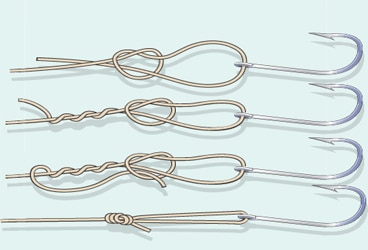
I believe it was Lefty who first described the nonslip loop knot. Tie an overhand knot in the main section of line, pass the tag end through the hook eye and bring it back through the overhand knot. Instead of the recommended five to seven turns around the standing part of the line, make only three or so when using heavy bite leader material. After making the wraps, pass the tag end through the overhand once again, exiting on the same side of the loop the line was first passed through. Pull slowly on the tag end to begin tightening the wraps. To seat them, firmly pull the standing part of the line and the fly in opposite directions.
** Juracsik Knot**
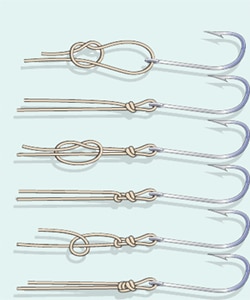
Ted Juracsik is recognized primarily for his fly reels, but he spends a tremendous amount of time on the water fishing in Chokoloskee, Florida. Of all the knots I’ve tried for connecting flies to bite tippets, this one is by far the easiest and quickest to tie. Juracsik said he didn’t develop it, and although he has used it for over 20 years, he can’t recall who first showed it to him. If anyone knows its origin, contact FFSW and let us in on it.
To tie this knot, start by putting an overhand knot in the standing section of line. Pass the tag end through the hook eye and back through the overhand knot. Tighten the overhand knot, making it snug against the hook eye. Then make two half hitches around the standing part. It’s best to grasp the hook portion of the fly with pliers and pull on the leader to get the knot snug against the hook eye. The tightened knot will leave a very small loop at the hook eye that, like the previous knots, will allow the fly to move freely.
** BRL Knot**
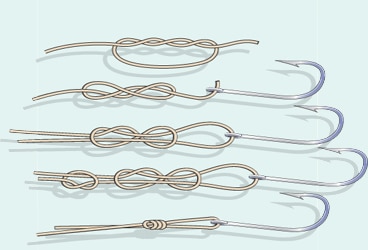
The last knot I want to describe was shown to me by my guide, Raul, on a recent trip to Belize River Lodge. Here again, the history of this knot remains a mystery, so in honor of the lodge I simply refer to it as the “BRL loop knot.” As with a Huffnagle, begin by tying a double overhand knot in the standing part of the line. Tighten it slowly to the point where a figure eight forms (you will have two small loops at either end). Pass the tag end of the line through the hook eye and back through both loops of the double overhand. Then tie an overhand knot with the tag end around the standing line and tighten slightly by pulling on the tag end. To seat the knot, pull on the standing part of the line. The double overhand knot and single overhand knot jam together, leaving a loop.
None of these knots is complicated or requires a great deal of dexterity to tie. At least where bite tippets are concerned, any one of them will make an efficient connection between you and your fly.





